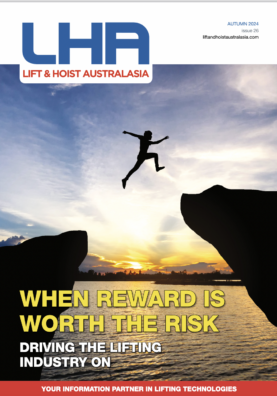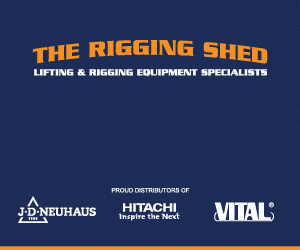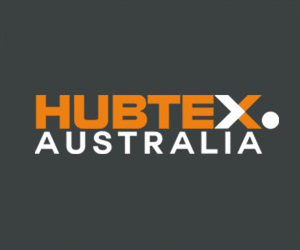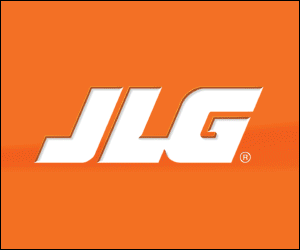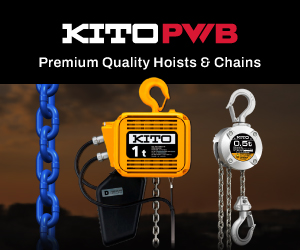)
Lifting compatibility
Ross Johnson, manager of Dynamic Rigging Hire, one of Melbourne’s leading rigging equipment hire companies speaks to LHA about the need to unify the design of precast lifting clutches used to hoist concrete elements
Ross Johnson, manager of Dynamic Rigging Hire believes that the design of precast lifting clutches used to hoist concrete elements is, “being influenced by ‘boffins’ making calls on what is manufactured versus what is actually needed by the crane industry.”
He says, “We have more than enough manufacturers with ‘proprietary’ clutch offerings, yet these seem almost deliberately designed to be incompatible. Obviously most companies need more than one, so we’re all purchasing unnecessary amounts of these mass produced items, made in far-away lands.
“We have discovered that the two main players in Australia don’t even give us, or others in the rigging gear hire or sales sector, the courtesy of a call or email with news of their ‘latest market-leading product’. For example, when there are new sizes available for the end user.
“We feel it’s time to say enough is enough. A bow shackle, regardless of brand or quantity, shares the same pin diameter and jaw opening. So you just select your chosen brand and off you go. We don’t actually need any further clutch product offerings, or trucks with expensive panels sitting in front of a crane.
“We recognise that the issue with the clutches is a complex one. The crux of the problem is not compatibility between brands. The manufacturers offer their own proprietary systems, not only on the lifting clutches but right through to all the internal reinforcing bar products and various precast concrete construction products. They manufacture the anchor pins set inside the precast element to be engaged only with the same maker’s lifting clutch. This we don’t have an issue with, provided all the specifications in the drawings are accurate (at times a 10t anchor is specified only to find at site they in fact are 20t and the rigging is all set for lifting with 10t clutches).
“My main problem with the precast construction industry is that other products come into the market that again are proprietary products and the importers never make this information available to the crane and rigging industry. We often get calls the day before a crane customer is lifting panels and they come to us trying to secure a set of ‘XYZ’ clutches that we’ve never heard of, the same clutches will be written into a lift plan.
“The two main precast lifting system providers will then also release a new size clutch with no information leading up to these changes offered up to the end users (crane and rigging companies) the crane industry body, LEEA or any of the lifting gear providers or rental providers like ourselves.
“So the bottom line is that we need improved, transparent communication between the companies who manufacture precast lifting systems and the crane and rigging industry. The lifting and rigging gear sales/hire providers should be funnelled through our industry bodies that we all pay varying levels of fees towards.
Importers of ‘non-standard’ existing products should understand the reluctance of the industry to have the need pushed upon us to invest in any additional precast lifting products. “The crane industry needs to push back on these brands and go back to the precast manufacturer for clutches, who should send the clutches directly to lift the panel or pit etc. with the truck.”



